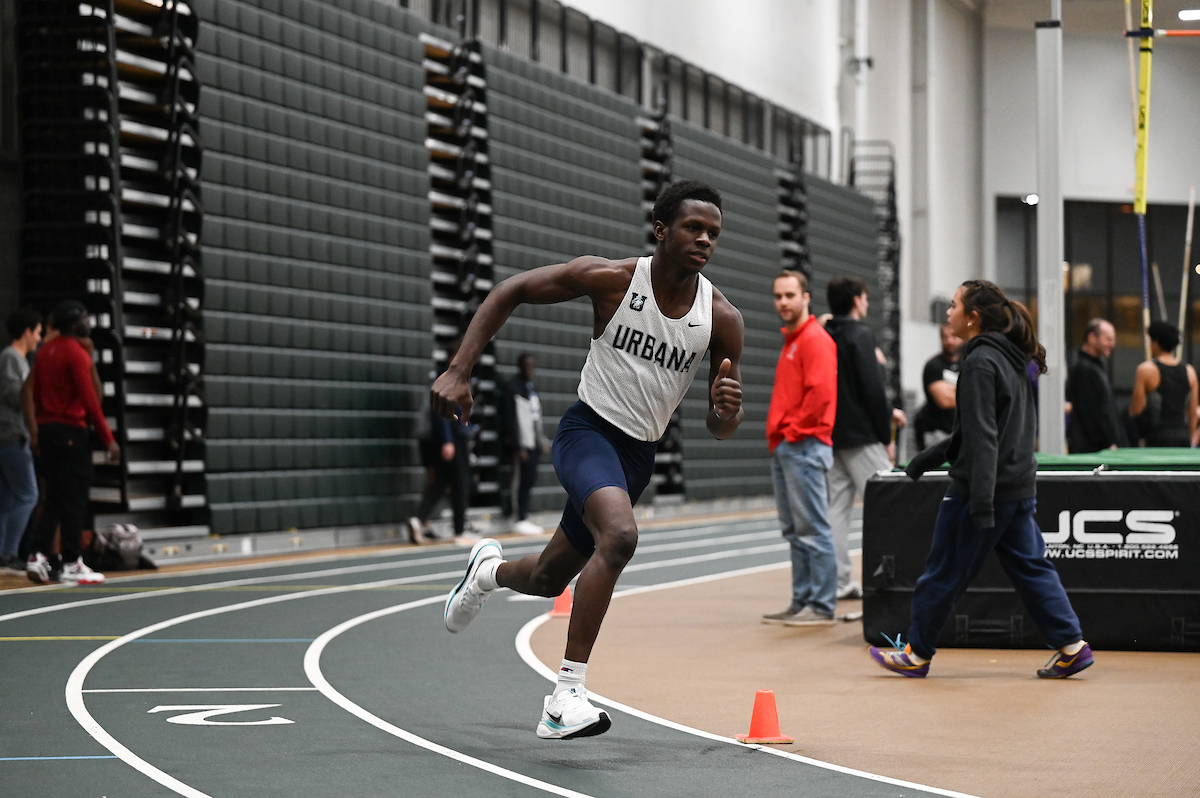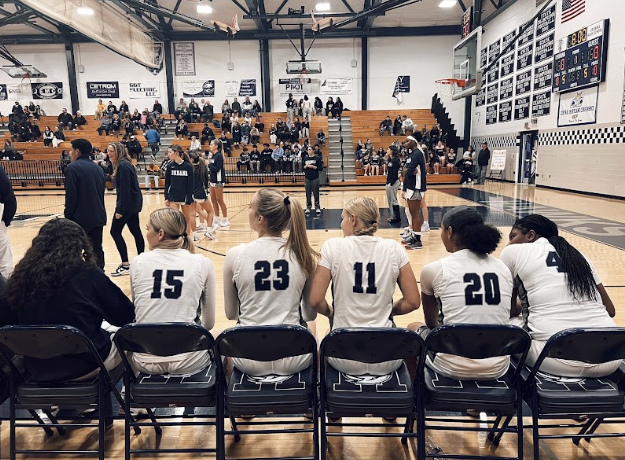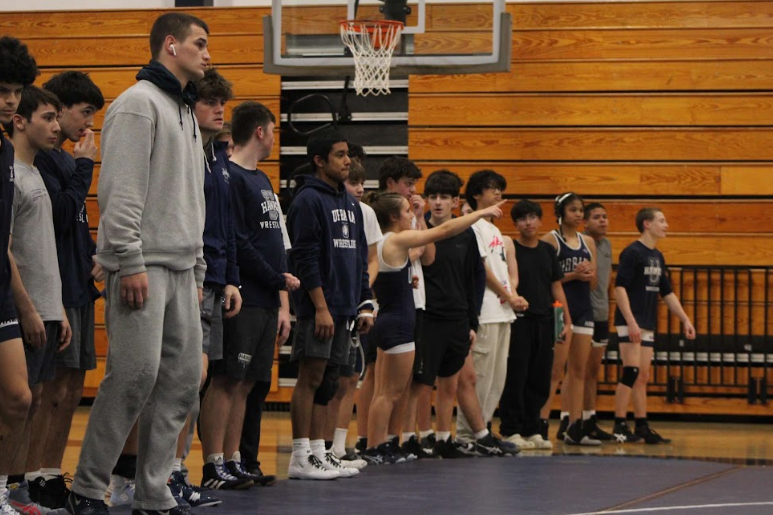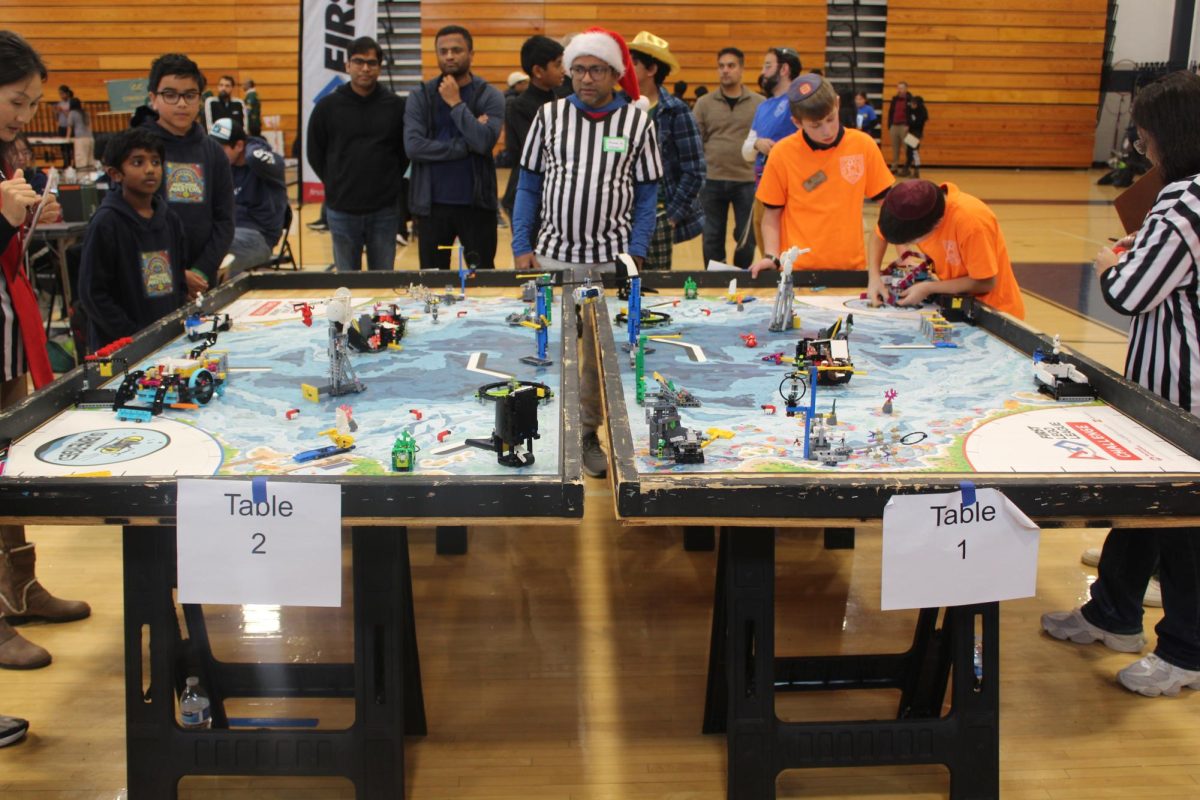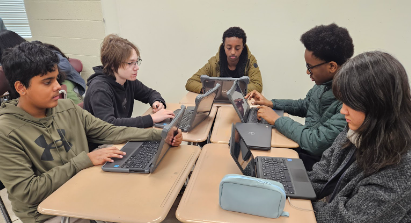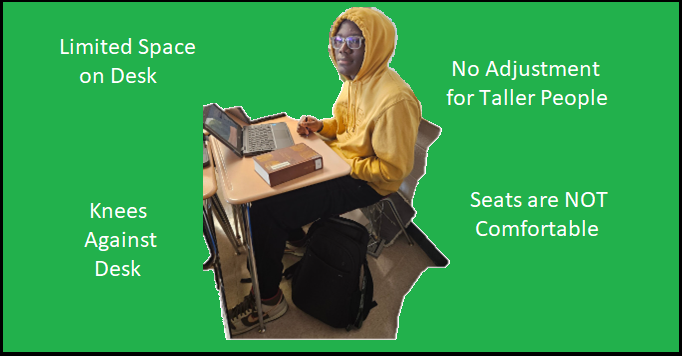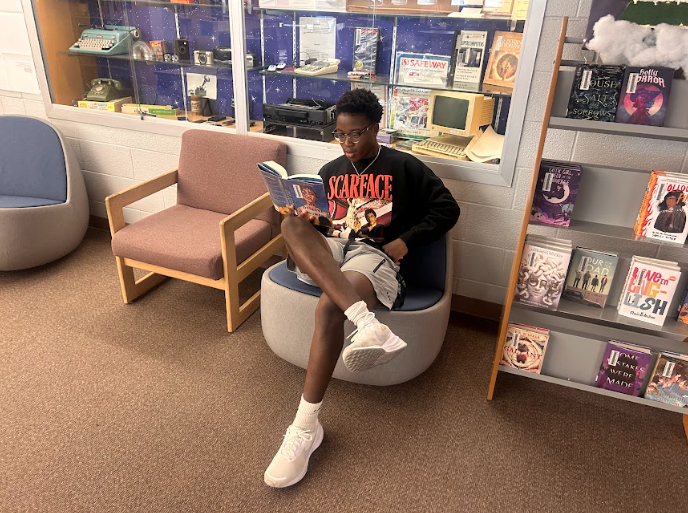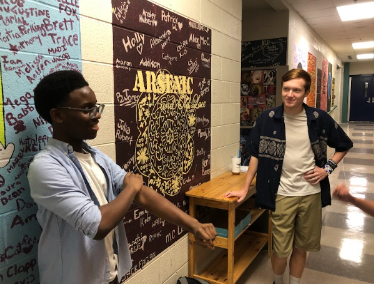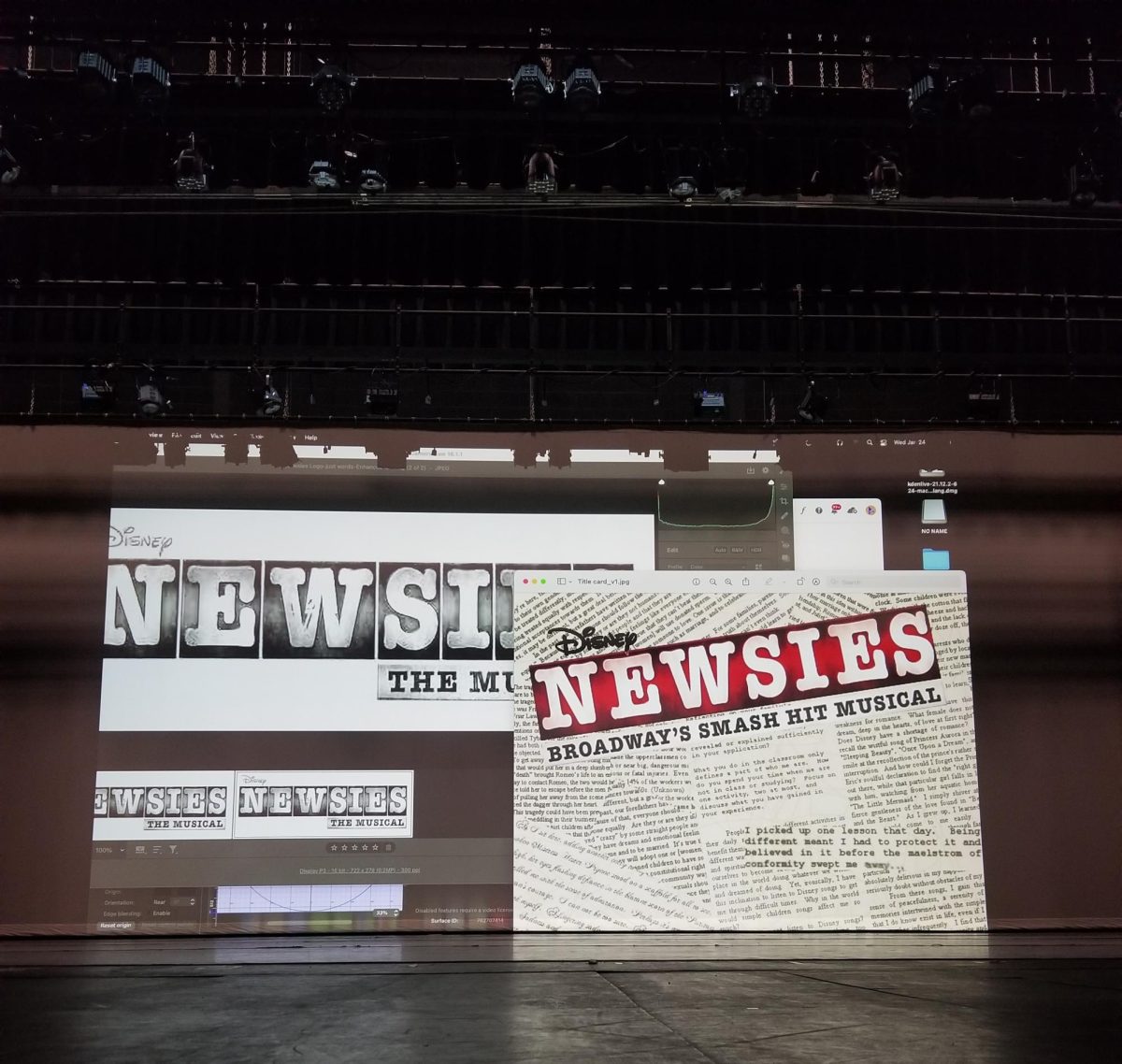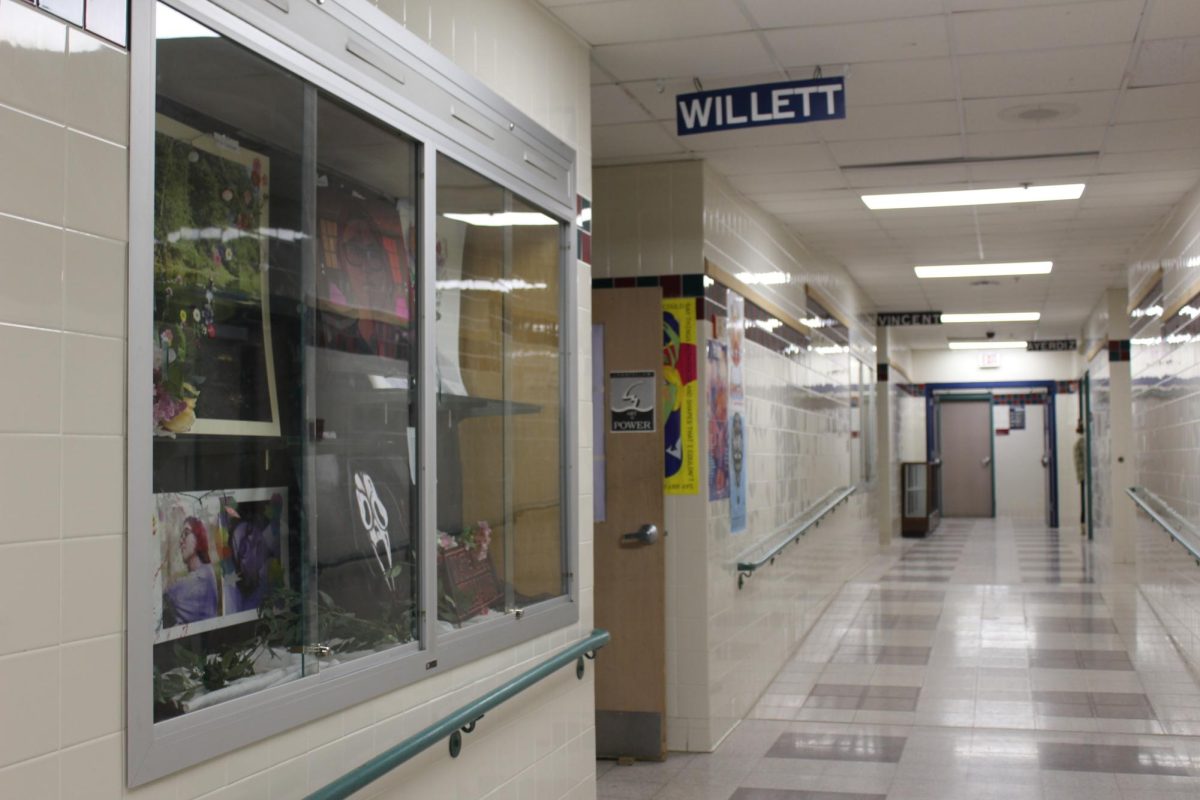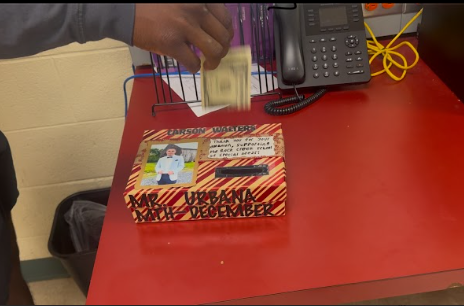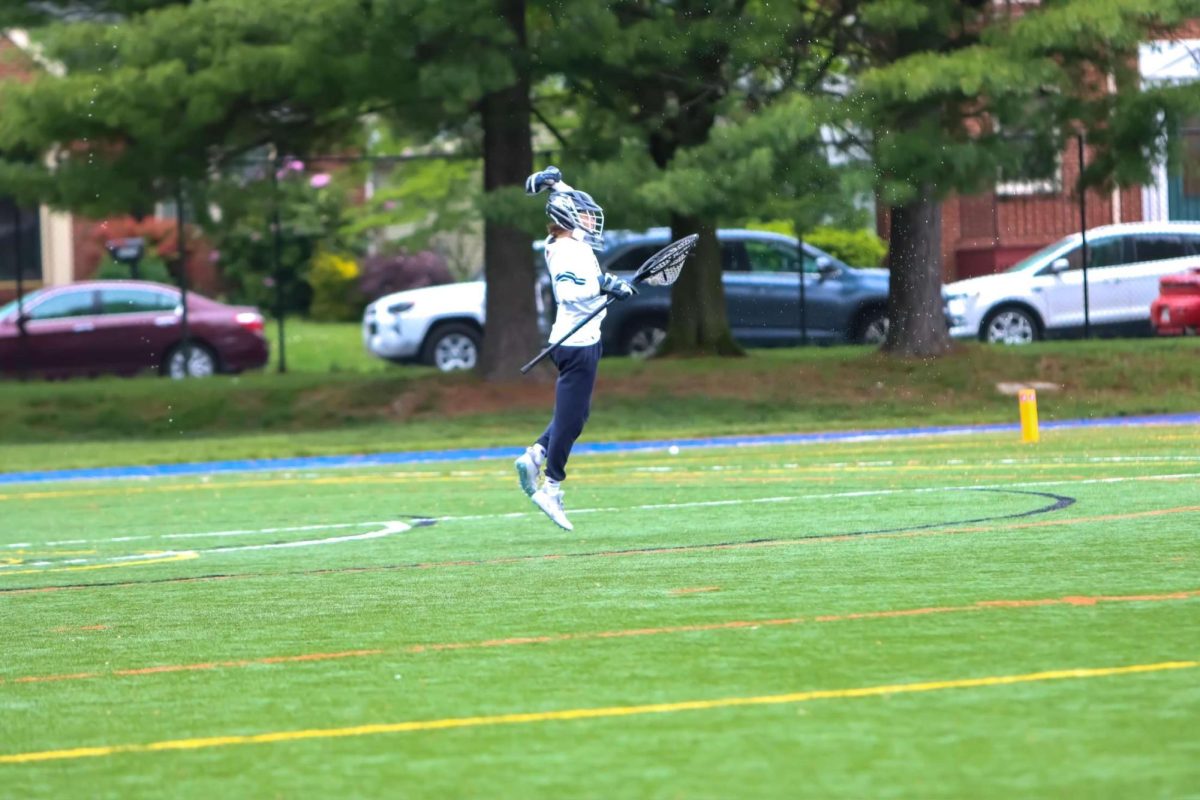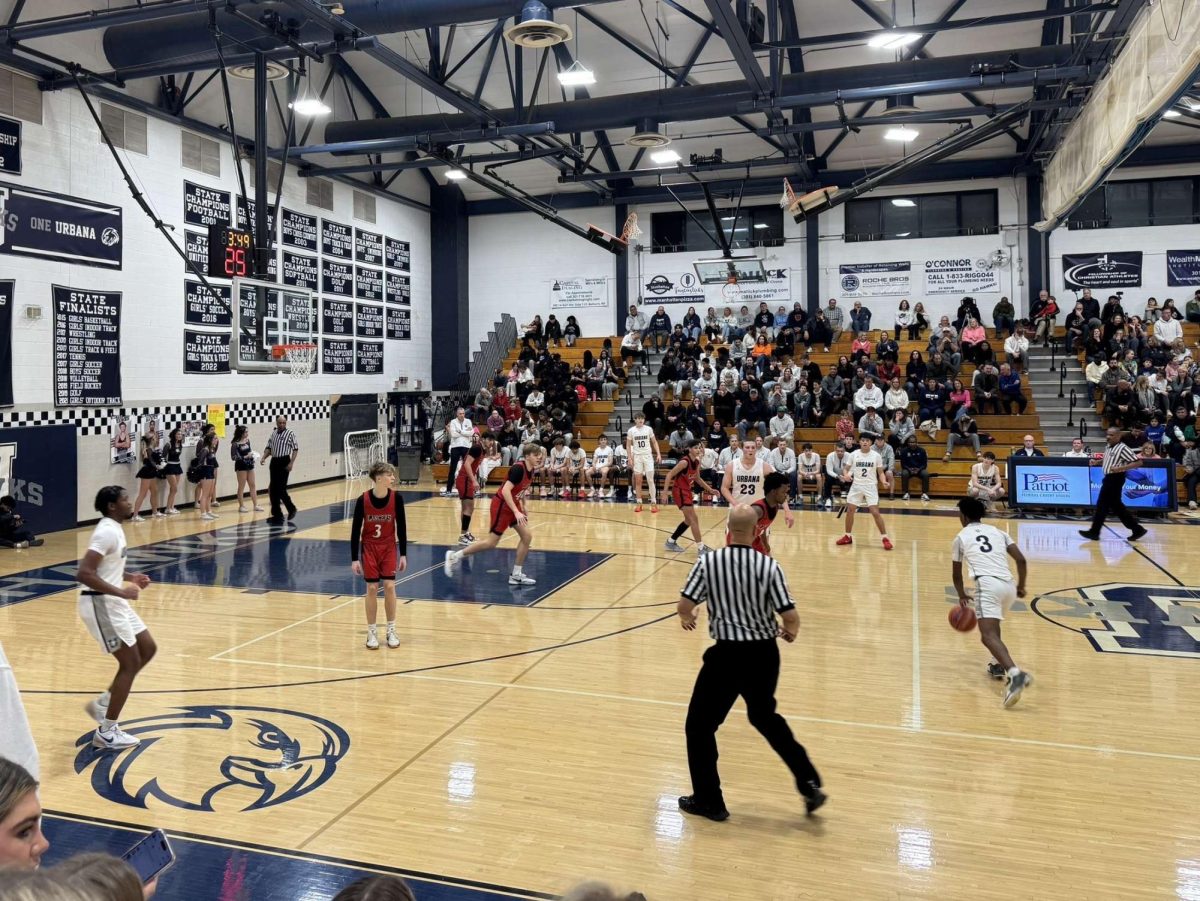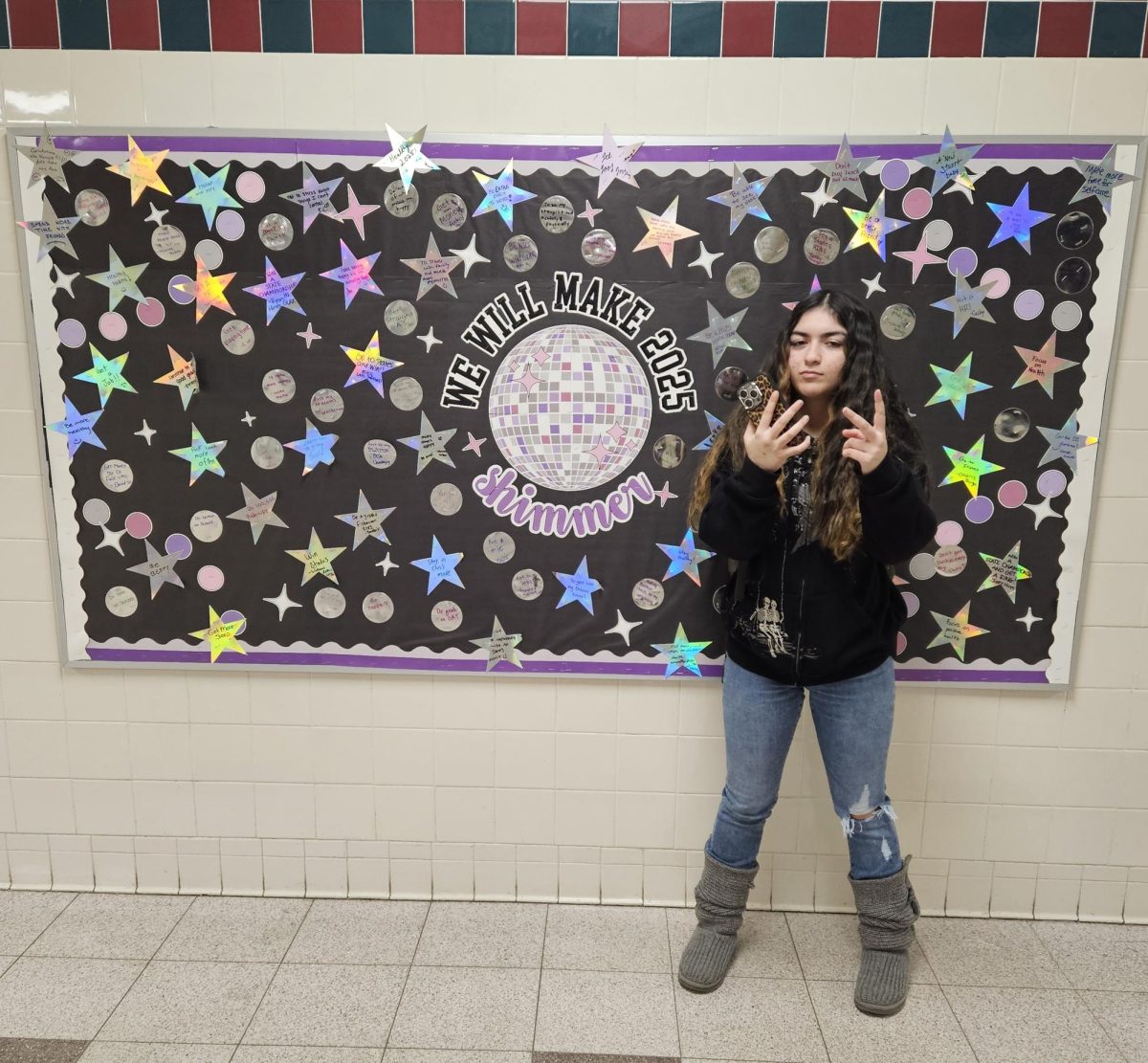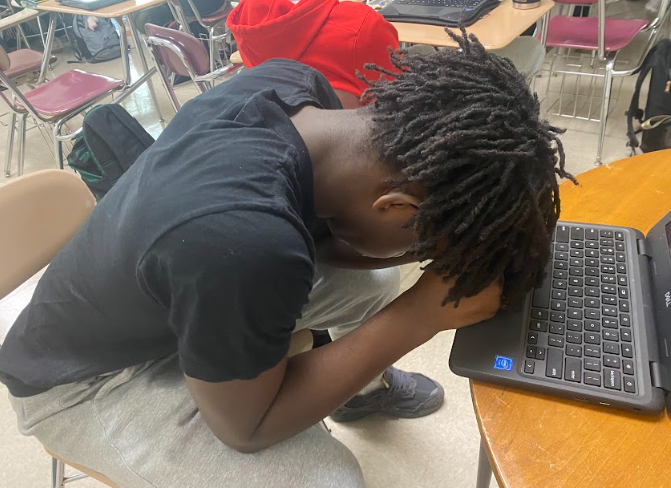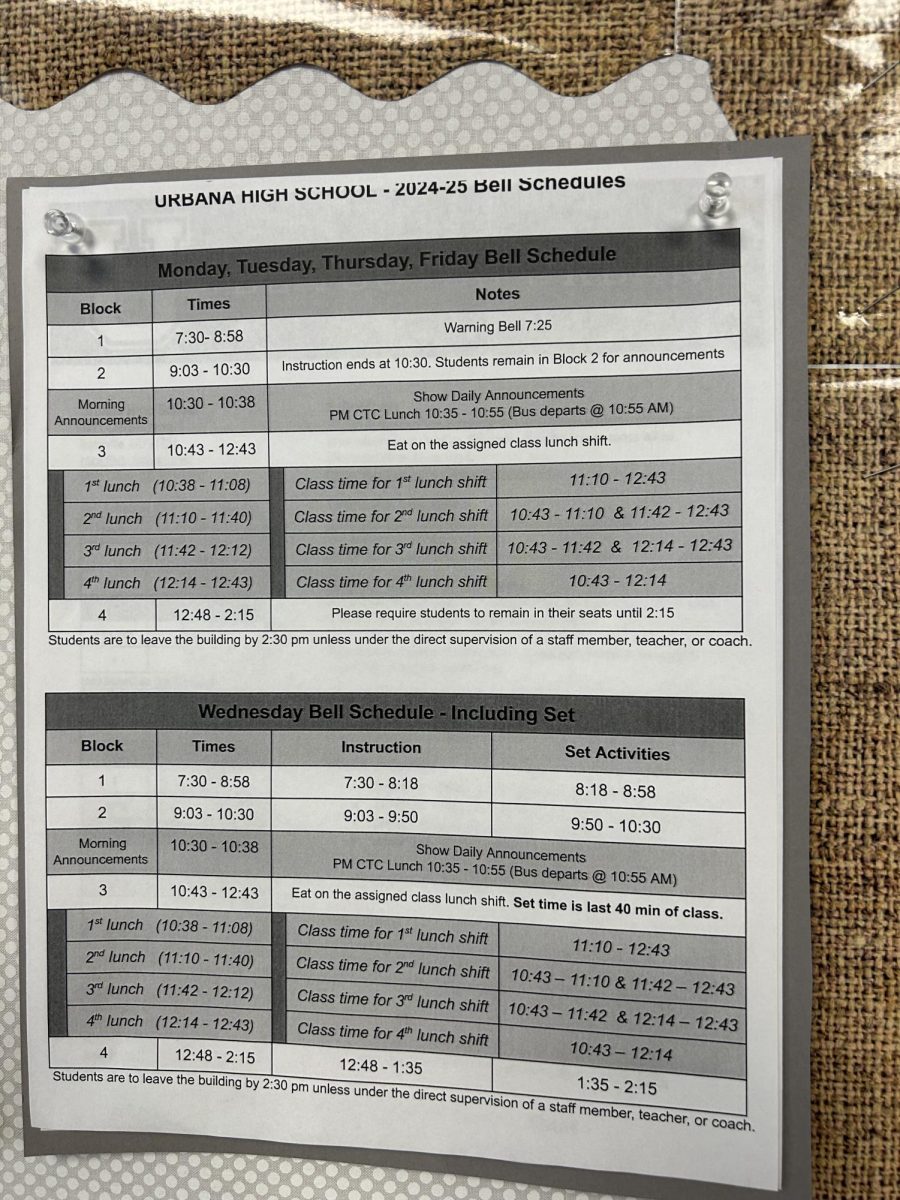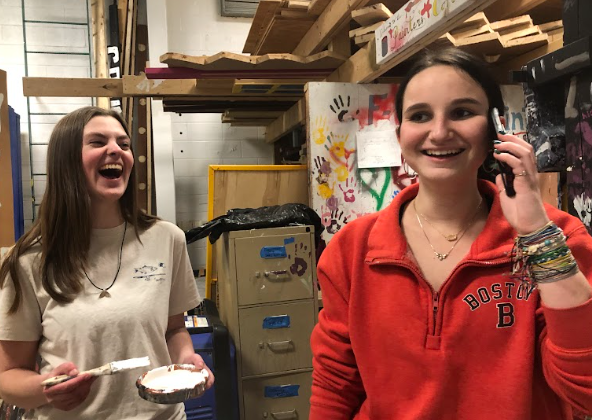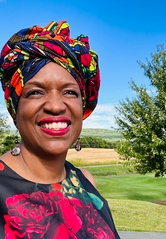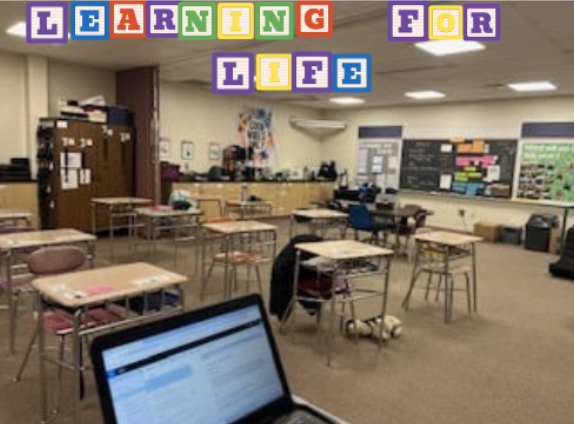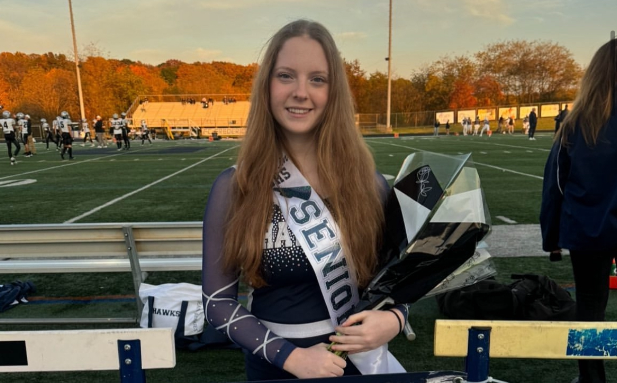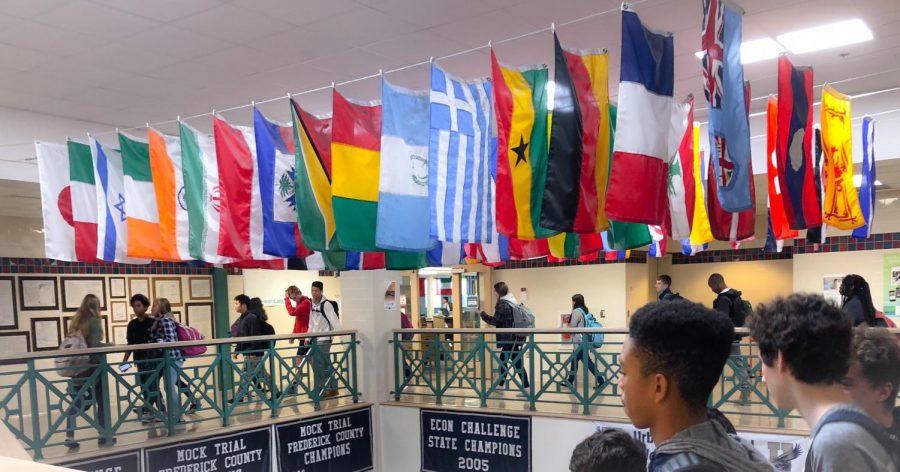Many Nations Under God:
A Look Into the Origins of Urbana Students
October 19, 2018
Urbana High School—a bustling, thriving hub of education and a crown jewel of Maryland, recently received a rating as the tenth best public high school in the state, according to U.S. News and World Report. There are several reasons to why this may be so: high test scores, graduation rates, and more. However, one factor that may be overlooked is the presence of cultural diversity in the school.
Having 1,800 enrolled students, there are people of countless cultures and backgrounds to be found, represented by the gallery of flags which hang from the ceiling of the main hallway. Most Hawks come across them each day, but do not often stop to reflect on their own distinct cultural upbringings and values.
Each flag represents different identities, different cultures, and different beliefs; however, there are still common values in each of them. For instance, the red and white color scheme originating in St. George’s cross has trickled down from the English flag to the Canadian, Australian, and American flags, while pan-Africanism and strong beliefs in unity led to the growth in popularity of the red-yellow-green tricolor scheme. These subtle dogmas can be found, even subconsciously, with deep roots in every person. Therefore, having knowledge of a person’s background can be beneficial in the development of closer relationships and cooperation.
Teachers will not deny the importance of cultural literacy in the school and the world we live in. “My father…went to school in France, so we had a lot of French culture in my family,” recounted the French teacher of Cameroonian origin, Ms. Kacko. “Everywhere I go, I always take the best of that culture and add to what I already have, to try to be a better person, to try to be a better citizen of the world.” Mr. Gonzalez, a Spanish teacher of Spanish-Colombian heritage, noted that he doesn’t see himself “as a…language teacher,” but as a “cultural ambassador. I love [the diversity of] Urbana, because it’s more like the real world.”
Urbana students tend to bring hardworking attitudes with them each day to enrich the learning experience. Maureen Mensah, a junior, described how her experience has helped her. “In Ghana [a West African nation], you are supposed to [do a lot of independent learning]…As you learn, you are always taking what you already know and building on it,” she explained. Many other students with international roots also maintain such attitudes. Furthermore, many of them embrace the challenge to learn English on their own.
It is impossible to ignore the effects of diversification in the school and in the country. From the newcomers who are learning English, to those whose families have lived here for decades, the skills and talents of students and staff contribute to an indelible mark on the community.

